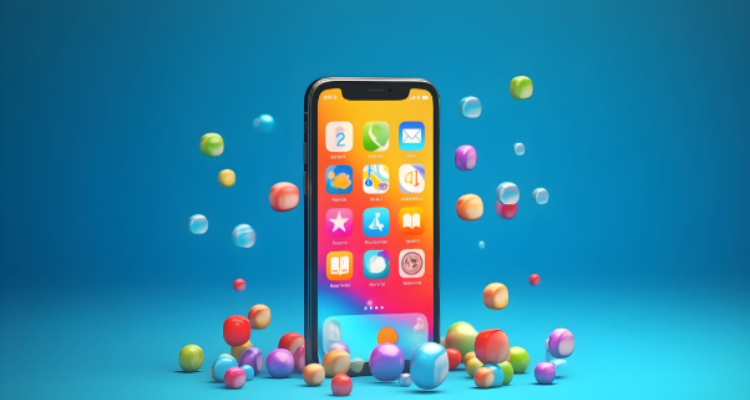- 1-905-452-8193
- Contact Us
- Member Login
- Get Listed Today
- 220,911 members

iOS mobile application development is the process of creating software applications for Apple devices, including iPhones, iPads, and iPod Touches. This development is primarily done using Apple's integrated development environment (IDE), Xcode, and programming languages like Swift and Objective-C. As the demand for mobile applications continues to rise, understanding the fundamentals of iOS app development is crucial for developers looking to create engaging and functional applications.
The iOS ecosystem is characterized by its unique architecture and design principles. Apple provides a robust set of tools and resources for developers, making it easier to create high-quality applications. The iOS Software Development Kit (SDK) includes essential frameworks such as UIKit, which is used for building user interfaces, and Core Data, which is used for data management. Additionally, Apple’s Human Interface Guidelines offer best practices for designing intuitive and user-friendly applications.
To embark on iOS mobile app development, developers need to set up their development environment. This involves:
Acquiring a Mac Computer: iOS development requires a Mac, as Xcode only runs on macOS. A Mac Mini or MacBook with sufficient RAM and processing power is recommended.
Installing Xcode: Download Xcode from the Mac App Store. This IDE is essential for coding, designing, and testing iOS applications.
Registering for an Apple Developer Account: While a free account allows for basic testing, a paid account is necessary for app distribution on the App Store.
SwiftUI is a modern framework introduced by Apple that simplifies the process of building user interfaces across all Apple platforms. It uses a declarative syntax, allowing developers to describe the UI straightforwardly. Here’s how to get started with SwiftUI in iOS mobile application development:
Open Xcode and create a new project. Choose the SwiftUI template, which sets up the necessary files and directories for a SwiftUI application.
A basic SwiftUI project includes a ContentView.swift file, where you define your main UI components. SwiftUI uses a view hierarchy, where each view can be composed of other views.
Start by adding simple UI elements such as text labels, buttons, and images. For instance, to create a text label, you can use:
swift
Text("Hello, iOS App Development!")
.font(.largeTitle)
.padding()
This code snippet creates a text label with a large font and padding.
Once you are comfortable with basic components, you can explore more advanced features, including animations and custom views.
Creating reusable custom views is essential for maintaining a clean codebase. You can define a custom view by creating a new SwiftUI struct:
swift
struct CustomButton: View {
var body: some View {
Button(action: {
print("Button tapped!")
}) {
Text("Tap Me")
.padding()
.background(Color.blue)
.foregroundColor(.white)
.cornerRadius(10)
}
}
}
SwiftUI makes it easy to add animations to your UI components. For example, you can animate a button press like this:
swift
@State private var isPressed = false
var body: some View {
Button(action: {
withAnimation {
isPressed.toggle()
}
}) {
Text("Press Me")
.padding()
.background(isPressed ? Color.red : Color.green)
.foregroundColor(.white)
.cornerRadius(10)
}
}
This code changes the button's background color with an animation when pressed.
Testing is a critical part of the iOS mobile app development process. Xcode provides several tools for testing your application:
Simulator: The iOS Simulator allows you to run your app on various virtual devices, helping you test different screen sizes and iOS versions.
TestFlight: Once your app is ready for beta testing, you can use TestFlight to invite users to test your app and provide feedback.
Unit Testing: Implement unit tests using XCTest to ensure that your app's logic functions as intended.
After thorough testing and debugging, the final step is to submit your app to the App Store. This process involves:
Preparing App Store Metadata: Create a compelling app description, select keywords, and upload screenshots.
Submitting for Review: Use Xcode to submit your app to Apple for review. Be prepared for potential feedback and revisions.
Monitoring Performance: Once your app is live, use App Store Connect to monitor downloads, user feedback, and analytics.
iOS mobile app development is an exciting and rewarding field. By mastering the tools and frameworks available, such as SwiftUI and Xcode, developers can create innovative applications that enhance the user experience on Apple devices. As the mobile landscape continues to evolve, staying updated with the latest trends and technologies in iOS app development is essential for success.
|
|
